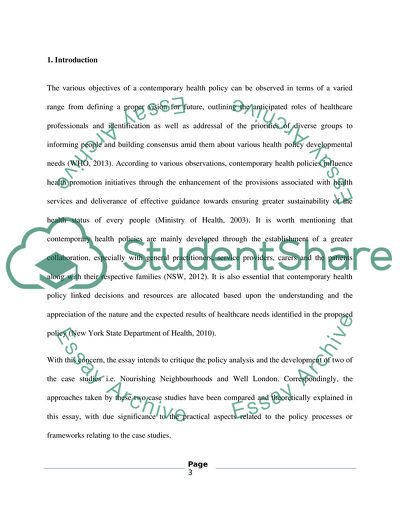Cite this document
(Health Policies and Health Promotion Case Study, n.d.)
Health Policies and Health Promotion Case Study. Retrieved from https://studentshare.org/social-science/1804543-health-policies-and-health-promotion
Health Policies and Health Promotion Case Study. Retrieved from https://studentshare.org/social-science/1804543-health-policies-and-health-promotion
(Health Policies and Health Promotion Case Study)
Health Policies and Health Promotion Case Study. https://studentshare.org/social-science/1804543-health-policies-and-health-promotion.
Health Policies and Health Promotion Case Study. https://studentshare.org/social-science/1804543-health-policies-and-health-promotion.
“Health Policies and Health Promotion Case Study”, n.d. https://studentshare.org/social-science/1804543-health-policies-and-health-promotion.


